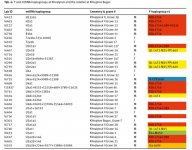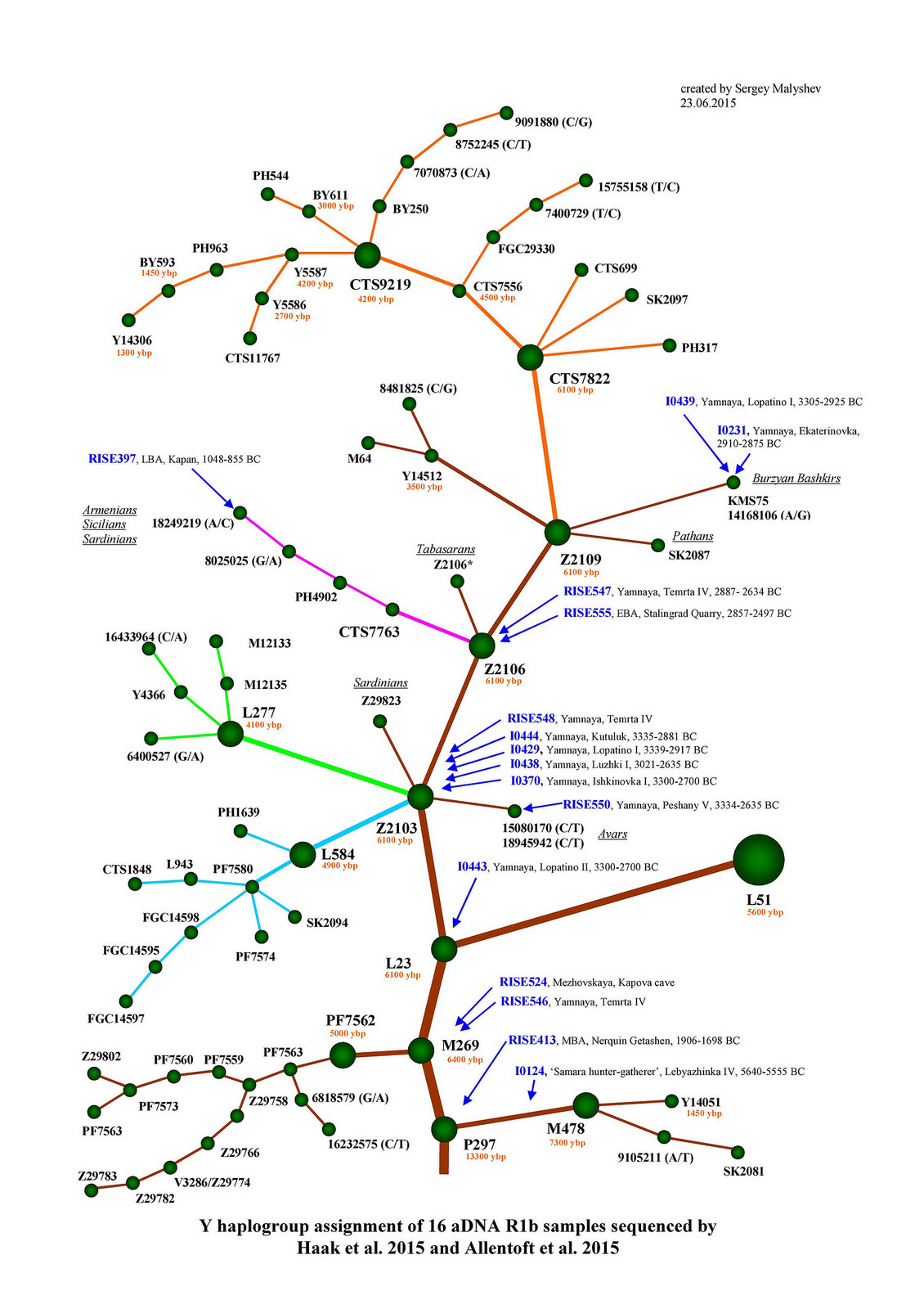Anfänger
Regular Member
- Messages
- 436
- Reaction score
- 349
- Points
- 63
- Ethnic group
- Iranian
- Y-DNA haplogroup
- R1b-Z2103
- mtDNA haplogroup
- U7a4
New archeological paper about Khvalynsk. Shared by Lazaridis on Twitter.
Abstract
The genetically attested migrations of the third millennium BC have made the origins and nature of the Yamnaya culture a question of broad relevance across northern Eurasia. But none of the key archaeological sites most important for understanding the evolution of Yamnaya culture is published in western languages. These key sites include the fifth-millennium BC Khvalynsk cemetery in the middle Volga steppes. When the first part of the Eneolithic cemetery (Khvalynsk I) was discovered in 1977–1979, the graves displayed many material and ritual traits that were quickly recognized as similar and probably ancestral to Yamnaya customs, but without the Yamnaya kurgans. With the discovery of a second burial plot (Khvalynsk II) 120 m to the south in 1987–1988, Khvalynsk became the largest excavated Eneolithic cemetery in the Don-Volga-Ural steppes (201 recorded graves), dated about 4500–4300 BCE. It has the largest copper assemblage of the fifth millennium BC in the steppes (373 objects) and the largest assemblage of sacrificed domesticated animals (at least 106 sheep-goat, 29 cattle, and 16 horses); and it produced four polished stone maces from well-documented grave contexts. The human skeletons have been sampled extensively for ancient DNA, the basis for an analysis of family relationships. This report compiles information from the relevant Russian-language publications and from the archaeologists who excavated the site, two of whom are co-authors, about the history of excavations, radiocarbon dates, copper finds, domesticated animal sacrifices, polished stone maces, genetic and skeletal studies, and relationships with other steppe cultures as well as agricultural cultures of the North Caucasus (Svobodnoe-Meshoko) and southeastern Europe (Varna and Cucuteni-Tripol’ye B1). Khvalynsk is described as a coalescent culture, integrating and combining northern and southern elements, a hybrid that can be recognized genetically, in cranio-facial types, in exchanged artifacts, and in social segments within the cemetery. Stone maces symbolized the unification and integration of socially defined segments at Khvalynsk.
Link: https://doi.org/10.1515/pz-2022-2034
Edit: There are also genetic and skeletal studies in this paper but unfortunately it is not open access.
Abstract
The genetically attested migrations of the third millennium BC have made the origins and nature of the Yamnaya culture a question of broad relevance across northern Eurasia. But none of the key archaeological sites most important for understanding the evolution of Yamnaya culture is published in western languages. These key sites include the fifth-millennium BC Khvalynsk cemetery in the middle Volga steppes. When the first part of the Eneolithic cemetery (Khvalynsk I) was discovered in 1977–1979, the graves displayed many material and ritual traits that were quickly recognized as similar and probably ancestral to Yamnaya customs, but without the Yamnaya kurgans. With the discovery of a second burial plot (Khvalynsk II) 120 m to the south in 1987–1988, Khvalynsk became the largest excavated Eneolithic cemetery in the Don-Volga-Ural steppes (201 recorded graves), dated about 4500–4300 BCE. It has the largest copper assemblage of the fifth millennium BC in the steppes (373 objects) and the largest assemblage of sacrificed domesticated animals (at least 106 sheep-goat, 29 cattle, and 16 horses); and it produced four polished stone maces from well-documented grave contexts. The human skeletons have been sampled extensively for ancient DNA, the basis for an analysis of family relationships. This report compiles information from the relevant Russian-language publications and from the archaeologists who excavated the site, two of whom are co-authors, about the history of excavations, radiocarbon dates, copper finds, domesticated animal sacrifices, polished stone maces, genetic and skeletal studies, and relationships with other steppe cultures as well as agricultural cultures of the North Caucasus (Svobodnoe-Meshoko) and southeastern Europe (Varna and Cucuteni-Tripol’ye B1). Khvalynsk is described as a coalescent culture, integrating and combining northern and southern elements, a hybrid that can be recognized genetically, in cranio-facial types, in exchanged artifacts, and in social segments within the cemetery. Stone maces symbolized the unification and integration of socially defined segments at Khvalynsk.
Link: https://doi.org/10.1515/pz-2022-2034
Edit: There are also genetic and skeletal studies in this paper but unfortunately it is not open access.



